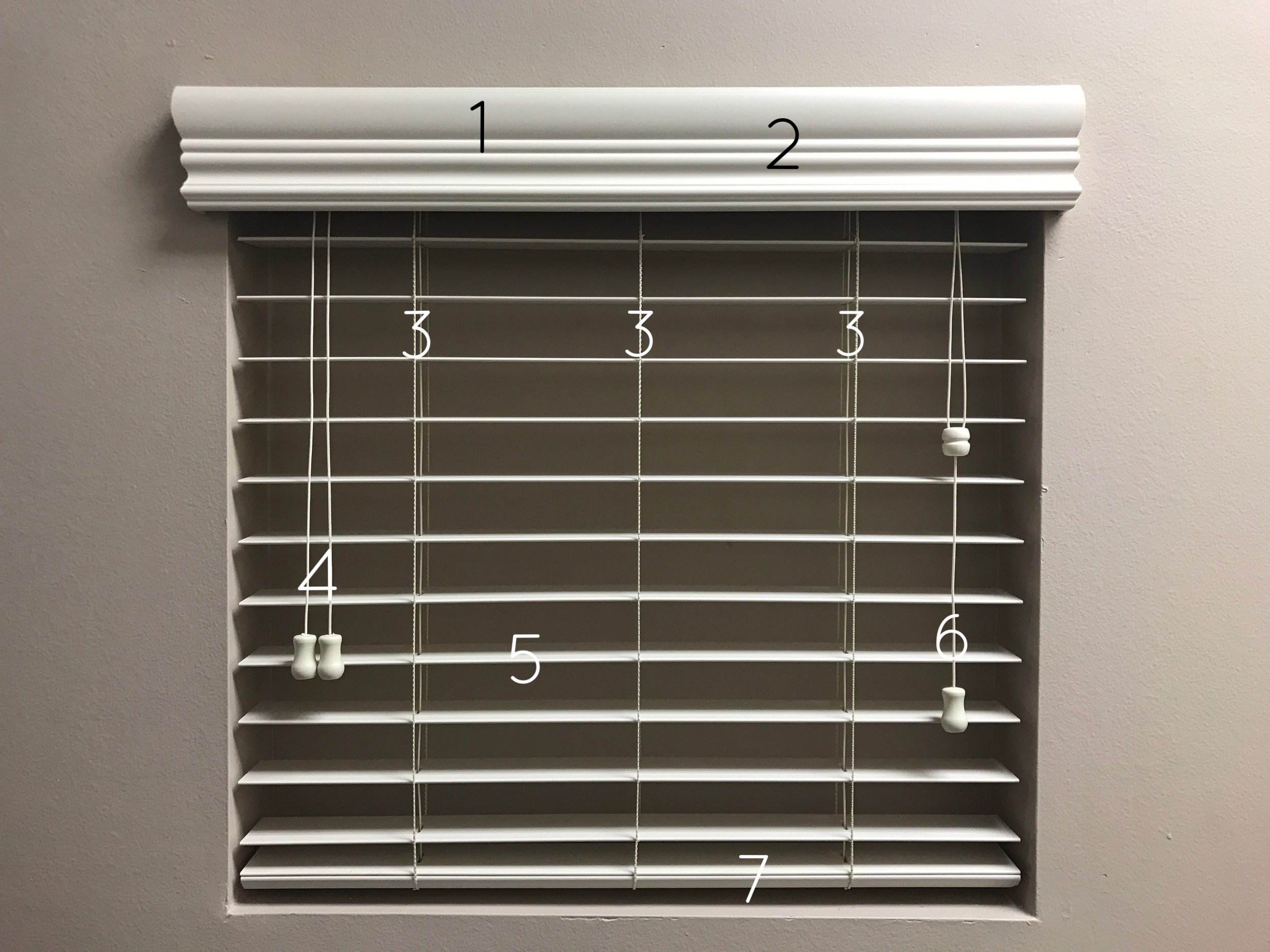Dog chewed up the shutters? Blinds aren't tilting open or closed? Shutters have missing staples or broken pins? Shades won't go up or down?
No matter what the issue is or how small the job, Matt can take care of it. Whether you need individual parts of your window coverings repaired or need something completely replaced, Matt works with you to find the best solution to save money and keep your home immaculate.
Window coverings endure years of wear and tear. Dogs, kids, or even enduring the sun for so long can put a strain on your current product. Repair and proper maintenance are essential to getting the most out of your window coverings. Matt can help protect your investment by completing any repair service needed in a timely and professional manner.
Broken shutter louvers
Shutters tilt rod repair
Shutter magnet replacement
Shutter staples are out
Refinishing & repainting
Blind not tilting
Broken blind slats
Blinds not lifting up/down
Blind restringing
These are the staples that attach the tilt rod to the louvers. Often times, these break off and staples go missing. We can fix this!
Magnetic catches help keep shutter doors shut tight. Exposure to the Texas heat make these brittle over time and cause your shutters to not close properly. We can replace these with brand new catches that will last for years!
Shutters have plastic pins that connect to the ends of the louvers. These can detach and break like in the picture above. We can fix this too!
Anatomy of a Shutter
1. Top Rail
The piece at the top of the panel that provides structure to the shutter. A divider rail can also be placed in the panel to separate the top and bottom louvers. Every shutter panel has at least a top and bottom rail.
2. Louvers
The louvers are the slats on the shutter that rotate open and closed. Louvers are uniformly operated by the tilt rod. This picture has 4 louvers.
3. Tilt Rod
The tilt rod is the vertical stick in the center of the panel that goes all the way down the louvers. The tilt rod operates and rotates all the louvers at once.
4. Stiles
The stiles are the vertical supports that the louvers connect into with pins. The top and bottom rails also join with the stiles to form the structural support for the louvers. All shutters have stiles on the right and left sides of the louvers.
5. Frame
The frame surrounds all the panels in a particular panel set. The frame is usually attached to the inside of the window jamb, the wall, or a door. Think of it as the border of the shutter. Most shutters have some sort of frame.
6. Bottom Rail
The piece at the bottom of the panel that provides structure to the shutter.
7. Panel
The panel consists of one set of stiles, rails, and a section of louvers. This picture consists of one panel. The panels swing open on hinges like doors.
Anatomy of a Blind
1. Headrail
The headrail simply refers to the top of the blind. It is a metal case that extends across the top and covers the mechanisms by which the blind operates.
2. Valance
The valance is the decorative wood piece that goes across the top of the blind. It is attached by plastic clips or velcro. It covers the headrail from the outside and gives it a finished look.
3. Ladders
Ladders are the thin strings that each blind slat sits on top of. They resemble the shape of a ladder. Ladders provide structure to the blind and hold everything together. This blind pictured has 3 ladders- wider blinds will have more. Every blind has at least 2 ladders.
4. Tilter
The tilter is the mechanism that allows you to angle the blind slats for light control. The tilter can either be a rotating wand or a pull cord.
5. Slats
Slats are the strips or blades of wood or vinyl that make up the blind and rotate open and closed. Slats on a blind are like louvers on a shutter.
6. Lift Control
The lift control is the mechanism that allows you to lift the blinds up or drop them down.
7. Bottom Rail
The bottom rail is the heavy horizontal piece that anchors your window covering on the bottom. The bottom rail weighs the window covering down and keeps it hanging straight.

















